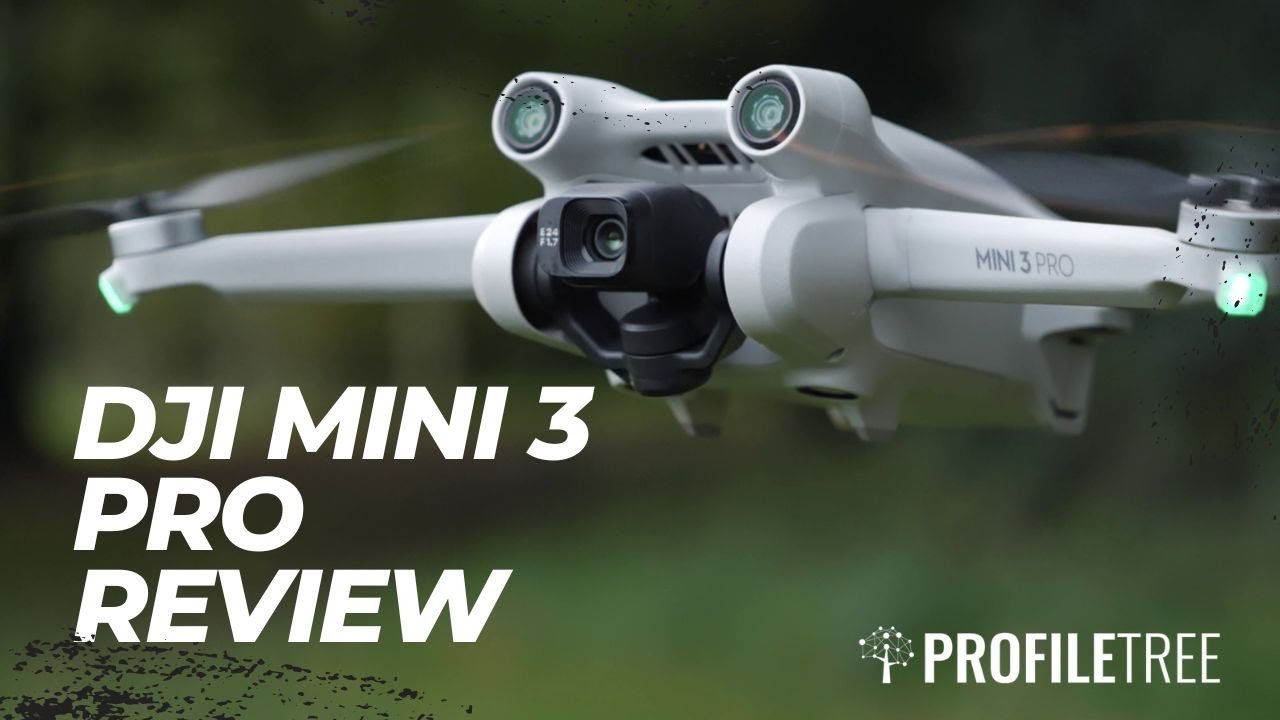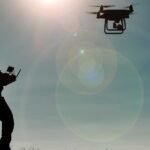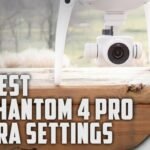Introduction
Understanding Drone Tones
When diving into the world of drones, one of the fascinating aspects that often gets overlooked is “drone tones.” These sounds are typically a result of the specific frequencies emitted by the drone’s propellers and motors during flight. Understanding these tones can enhance not only your piloting abilities but also your overall flying experience. Let’s explore what drone tones are and why they matter to every drone enthusiast. 🚁
What Are Drone Tones?
Drone tones, in essence, are the acoustic signatures produced during the operation of a drone. Every drone generates a unique combination of sounds based on various factors such as:
- Propeller Size: Larger propellers may produce deeper, bass-like tones, while smaller props can yield higher-pitched sounds.
- Motor Type: Brushless motors often offer quieter operations compared to brushed ones, affecting the prevailing drone tone.
- Flight Conditions: Factors like wind speed and flying altitude can further modify the sounds drones make.
These tones not only give personality to a drone but can also serve functional purposes, helping pilots gauge flight performance and detect issues early on.
Why Do Drone Tones Matter?
You might be wondering, “Why should I care about what my drone sounds like?” Well, the answer lies in the potential benefits that come with understanding these tones:
- Flight Performance Monitoring: By attuning yourself to the unique sound profile of your drone, you can better recognize when it’s functioning normally or if something might be off.
- Aesthetic Consideration in Filmmaking: If you’re into aerial photography or videography, the sound of your drone can inadvertently impact the audio landscape. It’s worth considering how these tones blend with the visual story you’re telling.
- Safety Precautions: Certain tones might indicate a malfunction; recognizing these can prevent accidents or damage to your equipment.
Personal Experience
Reflecting on my own experiences, I remember the first time I flew my drone in a challenging windy environment. The drone emitted a tired, labored tone, which quickly alerted me that it was struggling to maintain altitude. Thanks to that auditory cue, I was able to land safely before any mishaps occurred. This incident underscored the importance of acknowledging the relationship between drone tones and operational safety.
Conclusion
In sum, understanding drone tones is a realm you should dive into if you’re serious about piloting your drone effectively and safely. Through practice and keen observation, you can develop a deeper appreciation of how these sounds can enhance your flying experience, guide your operational decisions, and ensure safety. With this baseline knowledge, you’re ready to take the next step in choosing the right tools and techniques for your drone adventures.

Choosing the Right Drone Tone Tool
Factors to Consider
Now that you have a foundational understanding of drone tones and their significance, it’s time to delve into choosing the right drone tone tool for your needs. Picking the right tool can greatly enhance your flying experience, and there are several vital factors to take into account. Let’s break it down! 🌟
1. Types of Drone Tone Tools
First, determine which type of drone tone tool suits your purpose best. Here are a few commonly used tools:
- Sound Measurement Meters: Ideal for recording the noise levels your drone produces. This can be particularly useful if you’re operating in areas with noise restrictions.
- Frequency Analyzers: Help you visualize sound waves and identify specific frequencies your drone is emitting.
- Mobile Apps: There are quite a few smartphone applications designed for measuring sound levels and providing feedback on drone performance.
2. Compatibility with Your Drone
Another critical factor is compatibility. Not every tool will work well with every drone model. Make sure to consider:
- Drone Make and Model: Check the tool’s specifications to see if they match well with your specific drone model.
- Firmware Updates: Ensure that the tool is compatible with the latest updates for your drone’s firmware to avoid connectivity issues.
3. Ease of Use
Next up, think about how user-friendly the tool is. After all, you want to focus on flying, not getting bogged down by complicated settings. Factors to consider include:
- Intuitive Interface: A clear and straightforward user interface will make it easier to get started.
- Setup Process: Look for tools that have a quick setup process, enabling you to hit the skies in no time.
4. Budget Constraints
Drones and their accessories can get pricey, so it’s essential to know your budget. Consider:
- Price Range: Set a budget before shopping to narrow your options effectively.
- Value for Features: Sometimes, spending a slightly higher price can yield features that save your time and enhance your flying experience. Evaluate whether the extra cost justifies the added benefits.
5. Reviews and Recommendations
Finally, don’t overlook the importance of research. Personal experiences from other drone enthusiasts can offer valuable insights. Use platforms like forums and social media groups to gather feedback and recommendations. Here’s what to look for:
- User Testimonials: Learning from others who have tested tools can save you valuable time and money.
- Expert Opinions: Check out reviews from reputable sources or expert blogs to gather more in-depth analyses.
Conclusion
In summary, selecting the right drone tone tool is a multi-faceted decision that can elevate your piloting capabilities. By considering the type of tool, compatibility, ease of use, budget, and insights from fellow enthusiasts, you can make an informed choice that supports your flying adventures. Armed with the right tool for the job, you’re well on your way to mastering the skies, one tone at a time! 🌈

Getting Started with Your Drone Tone Tool
Setting Up Your Drone
Once you’ve chosen the right drone tone tool tailored to your needs, it’s time to set everything up and get ready for your flying adventure! 🚀 Setting up your drone properly is key to making the most of your equipment and ensuring a smooth experience. Let’s dive into the essentials of getting your drone ready for action!
1. Gather Your Equipment
Before you even think about taking to the skies, you need to gather all your necessary equipment. Here’s a quick checklist to keep you organized:
- Drone: Ensure that your drone is charged and ready to go.
- Drone Tone Tool: Whether it’s a sound measurement meter or a smartphone app, have it handy.
- Remote Controller: Make sure it has fresh batteries or is charged.
- Smartphone or Tablet (if needed): If your tone tool interfaces with an app, ensure your device is set up and installed with the necessary applications.
2. Charge Everything Up
An overlooked step can be a frustrating hurdle. Double-check that everything is fully charged before heading out. Nothing puts a damper on your flight plans like realizing your drone or controller is low on battery! Here are a few tips:
- Drone Batteries: Follow the manufacturer’s guidelines on charging to extend battery life.
- Controller: Don’t underestimate how quickly your remote can drain, especially during longer sessions.
3. Calibrating Your Drone
Calibration is a crucial step that ensures your drone flies smoothly and accurately. Different drones have various methods, but here’s a general approach:
- Compass Calibration: This usually involves rotating your drone in a series of specific orientations. Check your manual for the exact procedure.
- Gyroscope Calibration: Often done automatically, but ensure it’s aligned for stability.
4. Connecting Your Drone Tone Tool
Getting your drone tone tool connected can sometimes be a bit tricky, but it’s important to ensure everything is synced correctly. Follow these steps:
- Follow Instructions: Each tool is different. Make sure to read the manual thoroughly or follow app prompts.
- Bluetooth Connection: For mobile apps, enable Bluetooth on your device and connect to your drone if required.
- Test Communication: Before launch, test to ensure that the tone tool is acquiring data from your drone as expected.
5. Performing a Pre-Flight Check
Before taking off, perform a quick pre-flight check. This not only sets up your drone but also gives you peace of mind:
- Inspect the Drone: Check for any visible damage or wear, especially the propellers.
- Verify Settings: Ensure your height restrictions, GPS, and flight modes are set correctly for the area you plan to fly.
6. Safety First!
Finally, safety is paramount. Always remember to follow local regulations regarding drone flight. Keep these quick safety tips in mind:
- No-Fly Zones: Check if you’re near any restricted areas or airports.
- Weather Conditions: Confirm that weather conditions are suitable for flying—no high winds or rain, please!
Conclusion
Setting up your drone and tone tool might require a bit of time and attention to detail, but the effort pays off during your flight. By taking these measures, you’ll enhance your overall experience and be better prepared to capture those stunning aerial shots and sounds. So, grab your gear, double-check everything, and get ready to take to the skies with confidence! 🌤️

Mastering Basic Techniques
Hovering and Landing
Now that your drone is set up and ready to fly, it’s time to master two fundamental techniques: hovering and landing. These skills are essential for any pilot, whether you’re capturing breathtaking views or just having fun in an open field. Let’s break down how to become a pro at these crucial maneuvers! ✈️
1. Understanding Hovering
Hovering is the ability to keep your drone stationary in the air. It may sound simple, but it requires a delicate balance of controls and skill. Here’s how to get started:
- Throttle Control: This is your primary control for altitude. Slowly increase the throttle until the drone lifts off the ground.
- Trimming: Most drones have trim controls to help fine-tune the flight. Use these to adjust for any drift, ensuring your drone remains stable and doesn’t veer off.
Pro Tip: During your first attempts at hovering, choose a calm day with minimal wind. High gusts can make it much harder to maintain a steady position, leading to frustration. 💨
2. Stability Techniques
To keep your drone stable while hovering, you must learn to use the control sticks effectively. Here are a few tips to keep in mind:
- Gentle Inputs: Always make small, gentle adjustments rather than large movements, which can lead to abrupt changes in altitude or direction.
- Practice: Find a flat, open area and hover at various altitudes, focusing on finding that sweet spot where the drone remains stable.
One time, I was out practicing my hovering skills when a slight breeze caught my drone off guard. After a few adjustments, I was able to regain control and keep it hovering in place. Figuring out the controls gave me a huge confidence boost! 🎉
3. Mastering Landing
Once you’ve successfully hovered, it’s time to focus on landing your drone safely. A smooth landing takes practice, but following these steps can help make it easier:
- Eye on the Ground: Always keep an eye on your landing spot. This helps you gauge your altitude and the approach path.
- Gradual Descent: Slowly reduce the throttle to descend. Aim for a controlled and gradual drop rather than a quick descent.
- Final Feet: As you’re just a few feet above the ground, be prepared to slightly increase the throttle again. This helps soften the landing and reduces the chance of crashing into the ground hard.
4. Practice Makes Perfect
Frequent practice is key to mastering both hovering and landing. Consider setting up regular practice sessions in a safe area where you can repeat the exercises without pressure. Here are some tips to make your practice even more effective:
- Use VisualReferences: Identify specific ground points to hover over or land at, helping improve your spatial awareness.
- Practice with Obstacles: As you become more comfortable, try hovering and landing near obstacles. This will enhance your control and make you a more proficient pilot.
Conclusion
By mastering the techniques of hovering and landing, you’re laying the groundwork for success in your drone flying journey. These skills are crucial not only for safe operation but also for capturing those perfect shots. With time and practice, you’ll build your confidence and become adept at managing your drone in any situation. So keep practicing, and before you know it, you’ll be navigating the skies like a pro! 🌤️✨
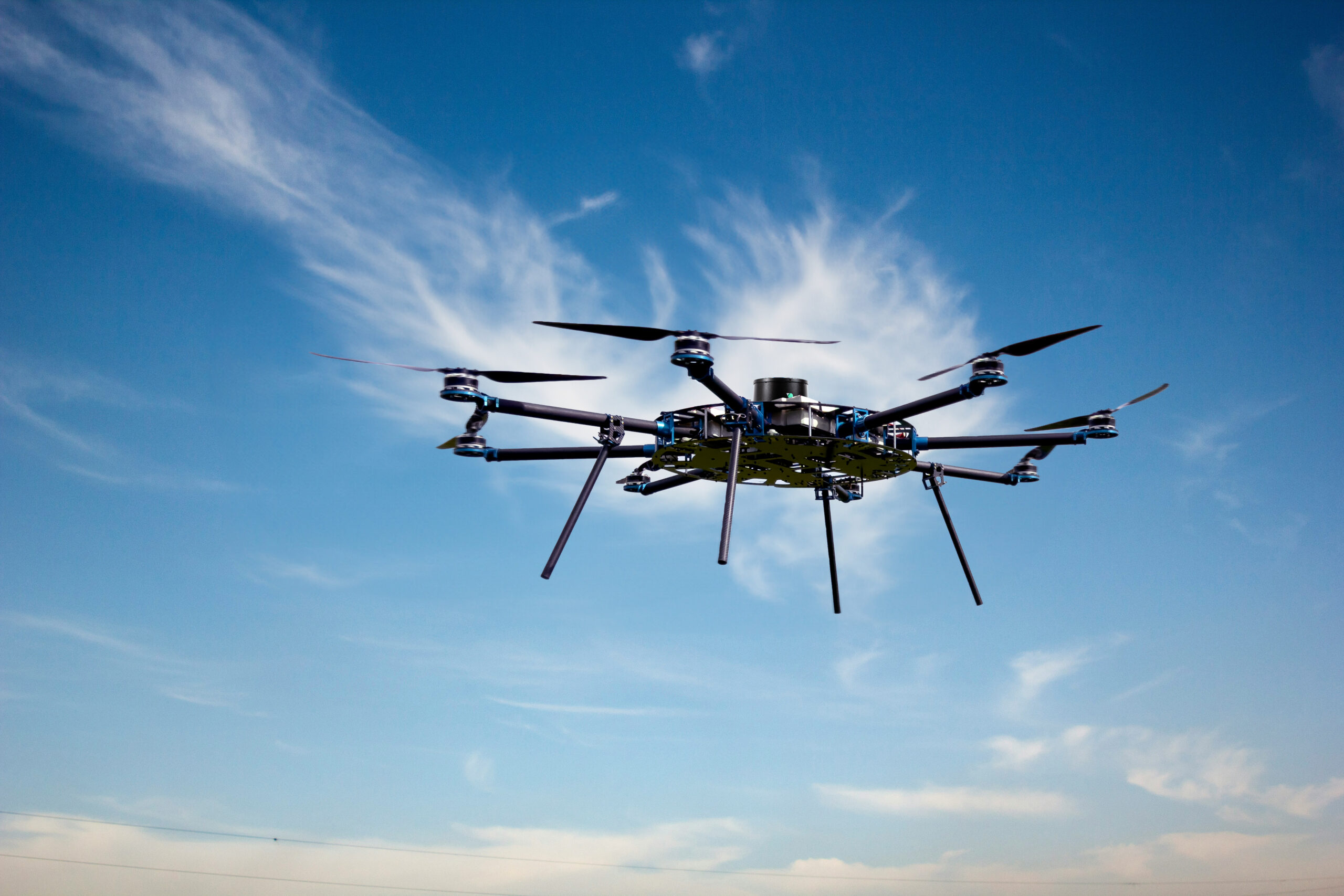
Advanced Drone Tone Tool Features
GPS Tracking and Waypoints
Now that you’ve mastered the basics of hovering and landing, it’s time to explore some advanced features that can elevate your drone flying experience. Among these, GPS tracking and waypoints are invaluable tools that enhance efficiency and allow for more sophisticated flight patterns. Let’s dive into what these features entail and how you can leverage them for your next drone adventure! 🌍
1. What is GPS Tracking?
GPS tracking enables your drone to determine its geographical location using satellites. This feature provides a range of benefits, including:
- Real-Time Location: Know exactly where your drone is at all times during flight.
- Return to Home (RTH): If your drone loses connection or its battery is running low, GPS tracking allows it to return to its takeoff point automatically. This can save you from losing your device.
Personal Experience: I remember my first time flying solo with GPS tracking enabled. Halfway through my flight, I lost sight of my drone behind some trees. However, I had the GPS tracking feature activated, and after a few minutes of panicking, I watched it navigate back home effortlessly. What a relief! 🙌
2. Understanding Waypoints
Waypoints are predetermined GPS coordinates that you set ahead of time. By using waypoints, your drone can autonomously fly specific routes based on the coordinates you provide. This feature is particularly beneficial for capturing consistent aerial footage or surveying land. Here’s how to utilize waypoints effectively:
- Planning Your Route: Most apps or software allow you to create a flight plan, linking multiple waypoints together. You can customize the waypoints for specific tasks like filming, surveying, or mapping.
- Editing on the Fly: Some advanced drones let you adjust your waypoints mid-flight, which can help you adapt to changing conditions or desired footage. This flexibility can be a game-changer for capturing stunning shots!
3. The Benefits of Using GPS and Waypoints
Utilizing GPS tracking and waypoints can add significant value to your drone flights in various ways:
- Increased Precision: Whether you’re mapping a terrain or taking photos, GPS ensures your drone remains on a precise flight path.
- Enhancing Safety: With reliable GPS, you can avoid flying into restricted spaces by programming safe zones into your flight plan.
- Time Efficiency: For operations such as surveying, automated flights using waypoints can drastically cut down on the time you spend manually controlling your drone.
4. Things to Keep in Mind
While GPS tracking and waypoints are incredibly useful, there are a few aspects to consider when using these features:
- Signal Limitation: GPS signals can sometimes be weak or unavailable in densely wooded areas or urban environments, which could affect functionality. Always check the environment before flying.
- Battery Life: Automated flights using waypoints require power. Be mindful of your drone’s battery life when planning long missions to ensure it can complete the route and return safely.
Conclusion
Incorporating GPS tracking and waypoints into your drone flying repertoire can significantly enhance your capabilities, allowing for more professional-grade footage and improved navigational control. By understanding and utilizing these advanced features, you’ll be equipped to take your drone adventures to new heights! So, strap in, plan those waypoint routes, and get ready to explore the skies like never before! 🚀✨
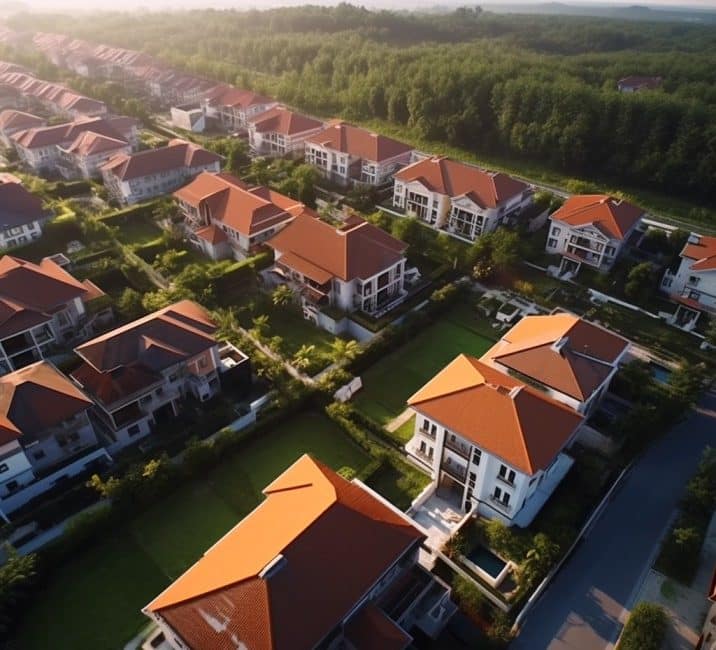
Improving Your Aerial Photography Skills
Framing and Composition
With your drone now equipped with advanced features like GPS tracking and waypoints, it’s time to shift your focus towards the artistry of aerial photography. Understanding how to frame your shots and compose stunning images can transform your aerial footage from ordinary to extraordinary. Let’s explore some essential techniques that will elevate your photography game! 📸
1. The Rule of Thirds
One of the most fundamental principles in photography is the Rule of Thirds. Imagine breaking your frame down into nine equal sections with two horizontal and two vertical lines. Here’s how to apply it:
- Set Your Subject: Place your main subject along one of the lines or at the intersections where they meet. This draws the viewer’s eye naturally to your subject.
- Balance Your Elements: Try to balance other less significant elements of your scene within the remaining sections for a harmonious composition.
Personal Experience: One of my favorite shots was of a sunrise over a lake, where I placed the horizon on the top third line and the sun at one of the intersections. The photo turned out beautifully balanced, capturing the essence of that tranquil moment! 🌅
2. Leading Lines
Using leading lines can effectively guide the viewer’s eye throughout your composition. These lines draw attention to your subject and create depth in your images. Here are some ways to implement them:
- Natural Elements: Look for paths, rivers, or roads that lead towards your subject. Such elements will create a dynamic perspective and provide context to your photo.
- Roads and Trails: If you’re flying over urban landscapes, include streets or walkways that lead toward iconic buildings or landscapes.
3. Framing and Layers
Framing your shot involves using natural elements in the foreground to create a “frame” around your subject, which helps focus attention and adds a sense of depth. Here’s how to practice this technique:
- Use Trees or Buildings: Position your drone in a way that branches, archways, or even distant hills can act as your natural frame.
- Create Layers: Incorporate varying layers of distance within your scene. For instance, have a foreground element, a mid-ground subject (like a house), and a background (mountains or sky). This adds interest and gives a three-dimensional feel to your photography.
4. Experimenting with Angles
Aerial photography offers unique perspectives that ground-based shooting simply can’t replicate. Try different angles for variety in your shots:
- High Angles: Capture sweeping landscapes by getting your drone to a higher altitude. Overhead shots can be striking in displaying patterns and textures.
- Low Angles: Lower your drone nearer to the ground for an unexpected perspective. This can provide viewers a sense of scale and intimacy with the environment.
Conclusion
Mastering the art of framing and composition in aerial photography is essential for capturing breathtaking images. By employing techniques like the Rule of Thirds, using leading lines, incorporating natural frames, and experimenting with various angles, you’ll be well on your way to taking stunning aerial photographs. The sky’s the limit, so get creative and start capturing the beauty of the world from above! 🌈✨

Enhancing Your Videography Skills
Camera Movements and Angles
Now that you’ve polished your aerial photography skills with effective framing and composition techniques, it’s time to turn your attention to videography. Capturing stunning video footage from your drone involves understanding various camera movements and angles that can elevate your storytelling. With the right techniques, your aerial videos can become cinematic masterpieces that keep your audience engaged. Let’s explore some essential movements and angles that can enhance your videography skills! 🎥
1. Understanding Camera Movements
Camera movements are critical in creating dynamic footage that adds depth and interest to your videos. Here are the key movements you should practice:
- Pans: A horizontal rotation of your drone while filming can help reveal new landscapes. For instance, panning across a scenic coastline can enhance the sense of scale and beauty.
- Tilts: This involves tilting the camera up or down, perfect for capturing tall structures like skyscrapers or impressive mountain ranges. A gradual tilt upward can create a dramatic reveal effect for your subject.
- Dolly Zoom (Vertigo Effect): This unique technique involves moving the drone closer to (or further from) your subject while adjusting the zoom to keep the subject the same size in the frame. It creates a stunning visual effect that can be incredibly captivating!
2. Utilizing Movement to Tell a Story
The way you move your camera can help convey a story in your video. Here are some examples of how to use camera movements effectively:
- Tracking Shots: Follow a subject in motion, like a car driving along a scenic route. Smoothly tracking along with it can create an immersive experience for your viewers.
- Establishing Shots: Start with a wide shot that captures the entire scene before moving in for closer shots. This helps establish context and sets the stage for your narrative.
Personal Experience: While filming a local marathon from the air, I used a mix of tracking and panoramic shots to show the runners weaving through the coastal path. The combination created an exciting rhythm that drew in viewers, making them feel like they were part of the event! 🏃♂️🏖️
3. Experimenting with Angles
The angle at which you shoot can drastically change the overall feel and impact of your video. Here are some angles to consider:
- Bird’s Eye View: This overhead shot offers a unique perspective and is especially effective for capturing landscapes or intricate patterns. It provides a sense of scale that can be fascinating.
- Low Angle Shots: Fly your drone low to the ground for a dramatic effect. This perspective can add depth and emphasize the height of nearby structures or natural formations.
- Dutch Angle: Tilting your camera slightly can create a more dynamic feel. It’s a great way to convey action or motion, especially when used during fast-paced scenes.
4. Smooth Transitions
Finally, smooth transitions between movements and angles can keep your footage looking professional. Consider planning out your shots and practicing transitions, such as:
- Slow In/Out: Gradually speeding up or slowing down your movements can create a more polished effect, pulling viewers smoothly from one scene to the next.
- Cross Dissolves: Where applicable, plan to blend one scene into another, making your narrative flow seamlessly.
Conclusion
Enhancing your videography skills with effective camera movements and angles is key to creating engaging drone footage. By mastering panning, tilting, and thoughtful shot compositions, you’ll elevate your storytelling, capture stunning visuals, and keep your audience’s attention. So grab your drone, experiment with different movements, and let your creativity take flight—you’ll be amazed at the cinematic potential waiting to be uncovered! 🎬✨

Safety Tips for Flying Your Drone
Legal Regulations and Restrictions
As you soar through the skies with your drone, it’s crucial to keep safety at the forefront of your mind. One of the most significant aspects of drone flying is understanding and adhering to legal regulations and restrictions. Ignoring these rules can not only put you—and others—at risk but can also land you in legal trouble. Let’s break down what you need to know to fly your drone responsibly and legally. 🚁📜
1. Know Your Local Regulations
Before you even take off, familiarize yourself with the specific laws regarding drone use in your area. Regulations can vary greatly from one country, state, or municipality to another. Here are some key areas to focus on:
- Registration Requirements: Many countries mandate that drones above a certain weight must be registered with a governing body (like the FAA in the U.S.). Make sure to check the weight threshold and complete the registration process if needed.
- Altitude Limits: Most regulations cap drone flight at 400 feet to prevent interference with manned aircraft. Familiarize yourself with these limits and stick to them.
2. Restricted Airspace Awareness
Understanding where you can and cannot fly is vital. Key areas to consider include:
- No-Fly Zones: Airports, military bases, and populated urban areas often fall into restricted zones. Avoid flying near these locations to prevent dangerous encounters with aircraft and legal repercussions.
- Temporary Flight Restrictions: Be aware of events that might temporarily close airspace, such as large gatherings, parades, or natural disasters. Check local news and airspace apps for updates.
3. Maintaining Visual Line of Sight
One of the key rules for safe flying is maintaining visual line of sight (VLOS) with your drone at all times. This means you should be able to see your drone without relying solely on your camera’s feed. Here’s why that’s important:
- Situational Awareness: Keeping visual contact allows you to better anticipate any obstacles or changes in airspace (like other aircraft).
- Emergency Response: In case of a malfunction or if your drone strays too far, being able to see it will help you react quickly.
Personal Anecdote: I remember my first long-distance flight attempt without keeping an eye on the drone. Realizing it had drifted close to a no-fly zone gave me a panic moment! Keeping it within view is a crucial lesson I learned the hard way. 😅
4. Respect Privacy and Adhere to Noise Regulations
While it may not be a “fly zone” rule, respecting others’ privacy is essential when operating your drone. Here are a few guidelines:
- Avoid Crowded Areas: Steer clear of flying over groups of people or private properties without permission to minimize privacy invasion.
- Noise Concerns: Some communities have noise regulations regarding drones. Familiarize yourself with these to maintain good relationships with your neighbors.
5. Additional Resources
Keeping your knowledge updated is essential. Here are some tips for staying informed about rules and regulations:
- Join Local Drone Clubs: They often provide valuable resources and workshops on changes in regulations.
- Follow Aviation Authorities: Subscribe to newsletters or visit official websites of aviation authorities for the most current rules.
Conclusion
Understanding and adhering to legal regulations is essential for safe and responsible drone flying. By staying informed about your local regulations, respecting no-fly zones, keeping visual contact, and honoring the privacy of others, you’ll contribute to a safer environment for everyone. Now that you have this knowledge, you’ll be better equipped to navigate the skies confidently and legally. Fly safe, and enjoy the adventure that comes with piloting your drone! 🌤️✨
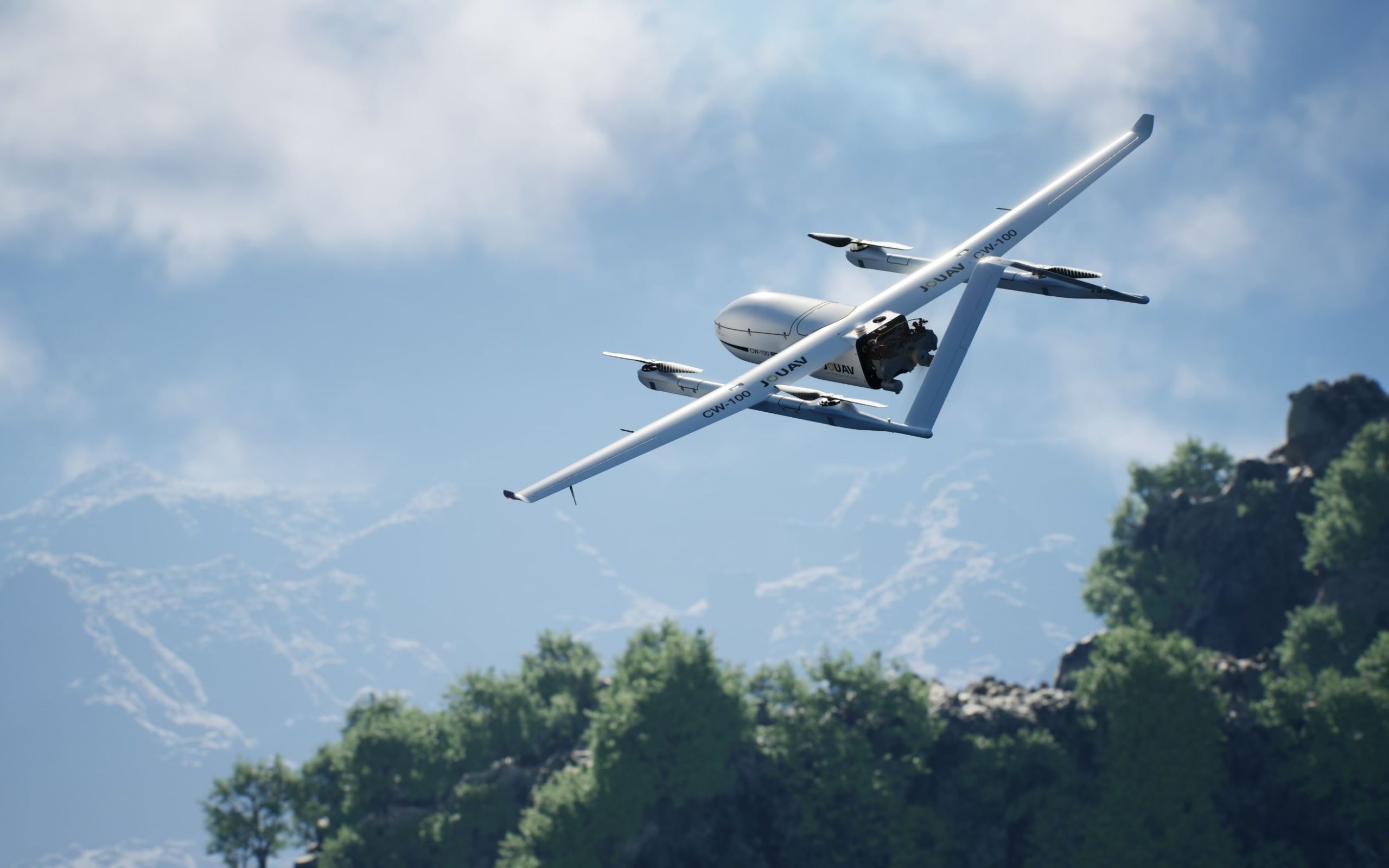
Troubleshooting Common Issues
Signal Interference and Battery Life
As an aspiring drone pilot, encountering issues like signal interference and battery life challenges is part of the journey. These problems can disrupt your flight experience, but understanding how to address them will keep your sessions safe and enjoyable. Let’s delve into these common issues and share some tips on how to troubleshoot effectively! 🚁⚡
1. Understanding Signal Interference
Signal interference can happen for various reasons and often leads to frustrating situations, such as loss of control or video feed. Here are some common causes of signal interference to keep in mind:
- Environmental Obstacles: Tall buildings, dense trees, and mountains can obstruct the connection between your drone and remote controller, leading to signal drops.
- Other Electronic Devices: Wi-Fi networks, cell towers, and other drones can interfere with the communication signals used by your drone.
Personal Anecdote: I once took my drone out for a fly in a park surrounded by tall buildings. At first, everything seemed fine, but as I moved closer to the structures, I lost connection. It was a nerve-wracking experience that taught me to scout the area before flying! 😅
2. Tips to Minimize Signal Interference
To ensure the best signal strength during your flights, consider the following tips:
- Choose Open Areas: Whenever possible, fly in open spaces away from skyscrapers or other structures that might obstruct the signal.
- Avoid Heavy Environmental Clutter: Stay away from places with a lot of electronic devices or potential interference and opt for natural settings when you can.
- Perform Signal Tests: Before your actual flight, conduct a test run while gradually moving your drone away from the controller. This helps identify potential weak spots in your signal.
3. Managing Battery Life
Another critical aspect of using a drone is managing battery life effectively. Running out of power mid-flight can lead to accidents and cause you to lose your drone entirely. Points to consider include:
- Flight Duration: Know how long your drone can fly on a full charge and plan your flights accordingly. Most consumer drones have a flight time of about 20 to 30 minutes on average.
- Weight and Payload: Carrying additional equipment, like a fancy camera, can drain the battery faster. Know your drone’s limits and choose your gear wisely.
4. Tips for Extending Battery Life
Here are some practical tips to maximize your drone’s battery life during flights:
- Pre-Flight Check: Ensure your drone’s propellers are free of debris and that the battery is fully charged. Regular maintenance can help your drone perform effectively.
- Smooth Flying: Rapid ascents, descents, and sharp maneuvers all consume extra battery power. Aim for smooth, steady movements.
- Practice Smart Flying Patterns: When possible, fly in a smooth route back to your starting point. This avoids the need for last-minute changes that can drain the battery.
Personal Experience: One evening, I was having a blast capturing footage of a sunset when the battery started warning me of low power. Instead of creating a panic, I calmly guided my drone back home, thanks to my pre-planned route. It’s crucial to know your battery limits! 🌅
Conclusion
Understanding how to address signal interference and battery life issues is essential for every drone pilot. By maintaining awareness of your flying environment and planning your flights effectively, you’ll minimize frustration and enhance your flying experience. So buckle up, keep these troubleshooting tips in mind, and enjoy your time in the skies! 🌤️💼

Expanding Your Creativity with Drone Tones
Experimenting with Different Tones and Effects
Now that you’ve tackled the practical aspects of flying your drone and troubled with potential issues, it’s time to dive into the creative side of using drone tones. Experimenting with different tones and effects can take your aerial videography and photography to a whole new level, providing unique and captivating content that stands out. Let’s explore how you can harness this creativity! 🎨🚀
1. Understanding Drone Tones
Before you start experimenting, it’s essential to understand that the “tones” produced by your drone can be intriguing and enhance your overall output. These tones are not just noises; they are a crucial part of the audio landscape you create while capturing video. Here are a couple of things to consider:
- Drone Propeller Sounds: The hum of propellers can sometimes add an industrial feel to your footage, fitting for urban or technology-driven visuals.
- Natural Sounds: If you’re flying over nature, try to capture the ambient sounds around your drone, like rustling leaves or flowing water, blending beautifully with your video.
2. Experimenting with Tone Variations
There are countless ways to experiment with the different tones your drone produces. Here are some suggestions to enhance your creative process:
- Utilize Different Flight Speeds: Flying at different speeds dramatically alters the caught sounds. A slow and steady flight can create a soothing tone, while a fast flight might produce a more exciting, urgent sound.
- Vary Your Altitude: The tone can change based on how high you fly. Experiment with different heights to see how the sound shifts. It could add a layer to your visuals that resonates with your audience.
Personal Experience: I once shot a short film in the mountains, where I slowed down my drone’s movements near a waterfall. The combination of the drone’s gentle hum and the cascading water produced a beautiful, immersive soundscape that perfectly complemented the visuals. 🌊
3. Integrating Sounds and Effects in Editing
After you’ve gathered your footage, the real fun begins during the editing process. Here are a few tips on how to creatively integrate sounds and effects:
- Layering Sounds: Combine the tones from your drone with other ambient sounds, like music or nature sounds. This can create a rich audio experience that captivates your audience.
- Applying Filters: Use audio editing software to modify the sounds. You can add reverb or echo to create a dreamy effect or lower the volume of the drone’s hum for a more intimate feel.
4. Showcasing Your Unique Style
Remember, this is your chance to showcase your individual style. Explore various genres or themes and how your drone tones can complement them:
- Adventure Videos: Use a mix of upbeat tones along with adrenaline-pumping music to elevate the excitement.
- Relaxation Videos: Focus on softer and more serene sounds, coupled with slow-motion footage, to evoke tranquility in the viewer.
Conclusion
Experimenting with different tones and effects can genuinely expand your creativity and add a new dimension to your drone videography and photography. By understanding and manipulating the sounds your drone captures, you can create unique experiences for your audience. So, grab your drone, head out into the skies, and let your creative instincts soar! The world is waiting for your vision! 🎈✨
